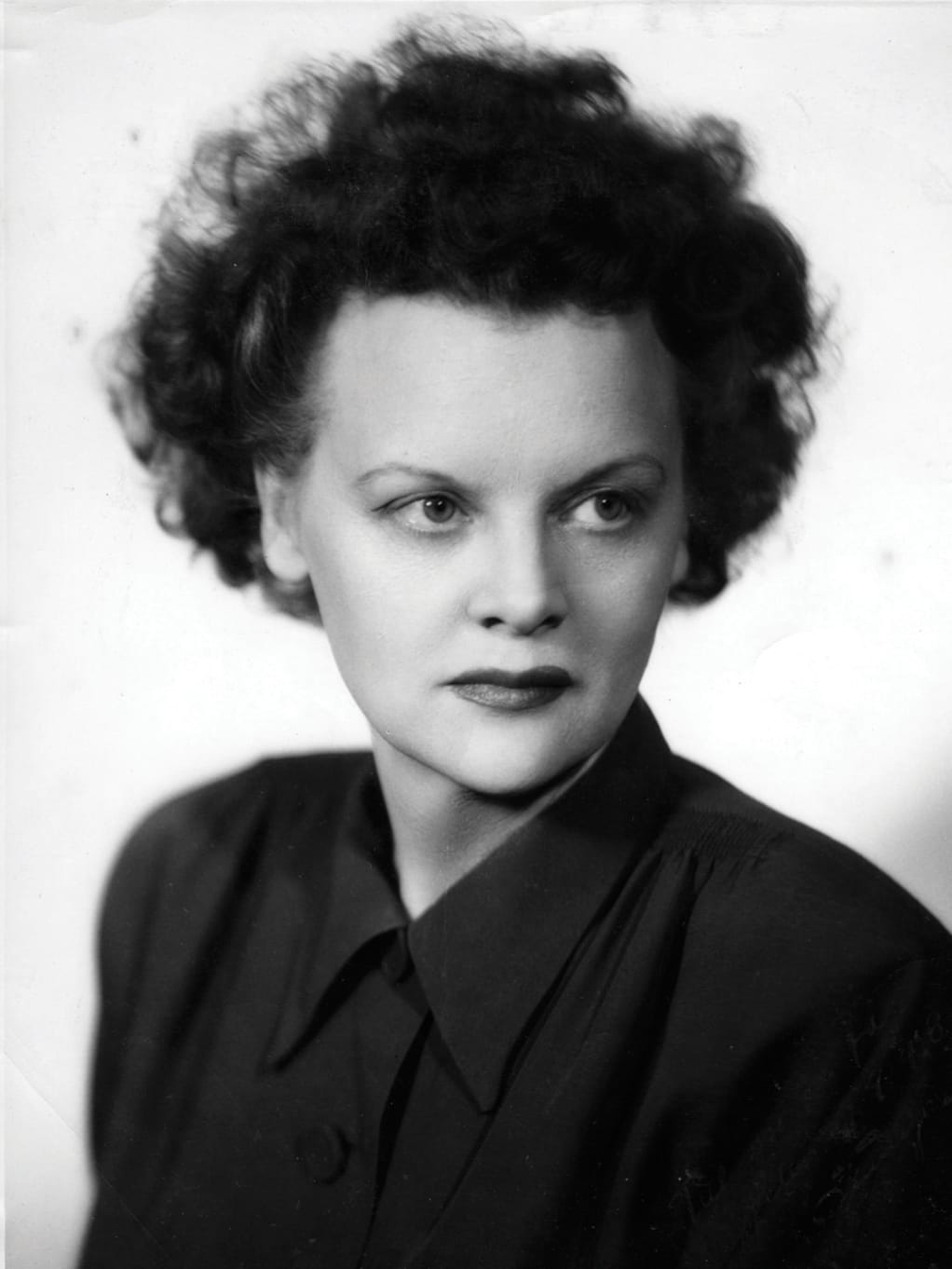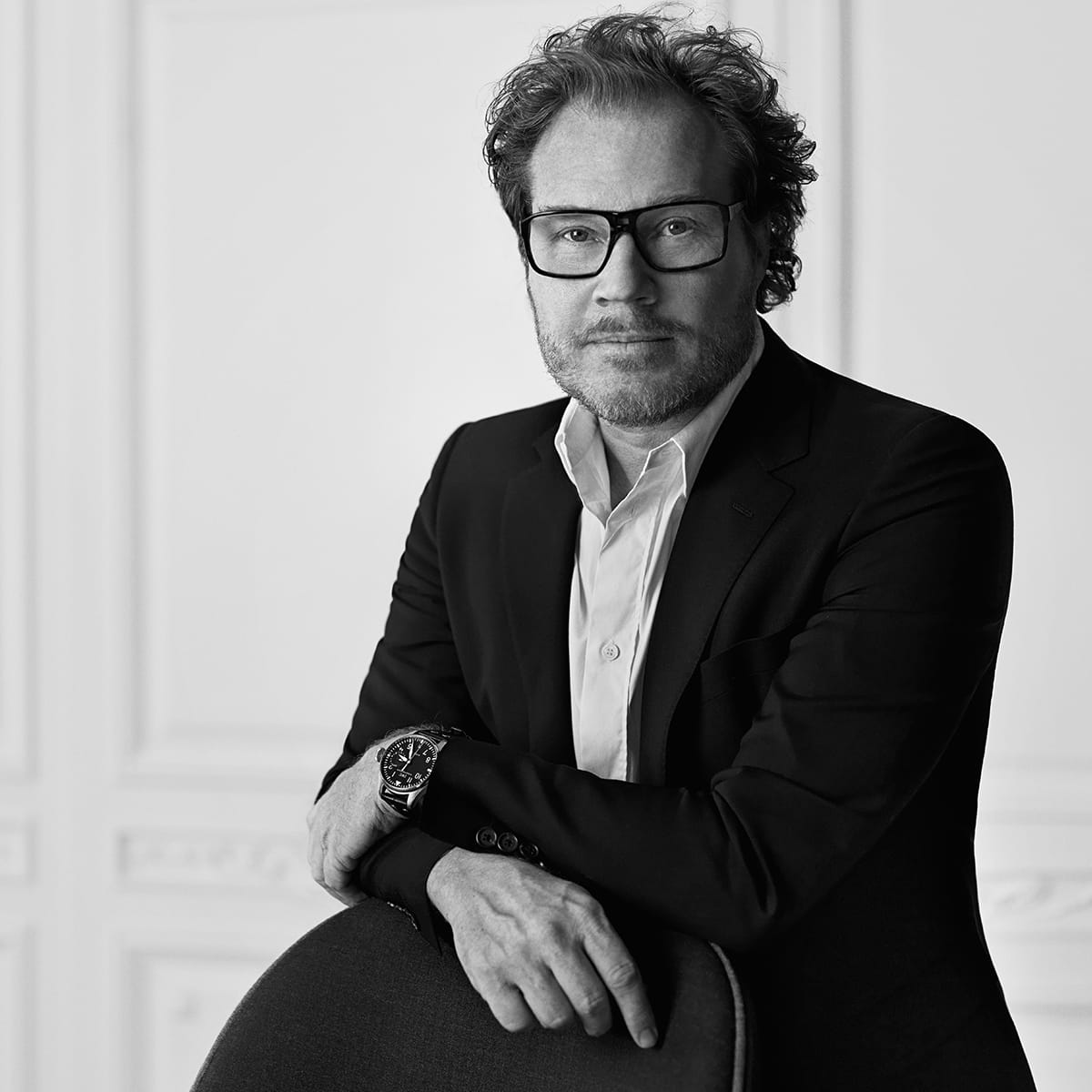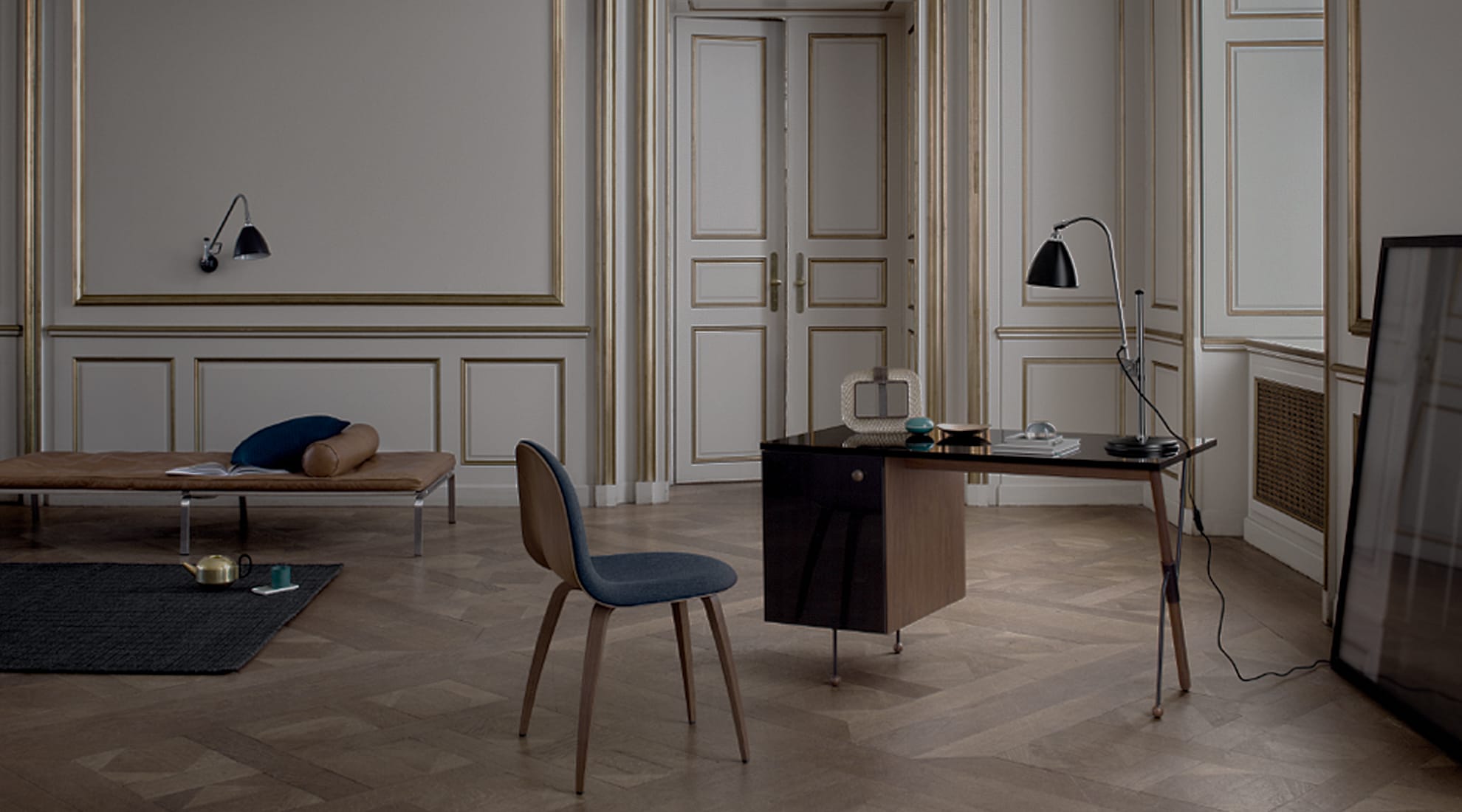Behind the Design:
A Q&A with Jacob Gubi
Owner Jacob Gubi discusses the philosophies, styles and aesthetic approach behind
Gubi’s transformation from Danish furniture company to modernist lifestyle brand.
Written by Sarah Chappell
Once a small furniture company based out of Copenhagen, Denmark, Gubi has made a name for themselves as a seeker of new and exciting design from around the world, as well as a collector of timeless classics from the past. Although Scandinavian in origin, Gubi has more of a global approach to modern living, unearthing historical favorites from all corners of the globe. With one foot in the past and one firmly placed in the future, Gubi has a penchant for storytelling throughout their entire collection; each light, chair, or table has a unique story to tell. We caught up with owner Jacob Gubi, to discuss the unique nature of their company and to see what else is in store.
Take us back to the beginning of Gubi. The company began in 1967 as a furniture company in Copenhagen, but then you took over the business in 2001. How did you approach transforming the brand at the time?
Until 2001, the business was kept at a small scale and at a more artisan level, combined with importing designs mainly from Italian brands. I had spent a few years building up Gubi.com which, at that time, was a leading portal for design, fashion and other luxury goods, but as times was not in favor for pure e-tailers back then, I had to close this business unit and refocus the strategy. A new focus became height-adjustable desking for the high-end part of the office market, which at that time was a booming business in Scandinavia. Unfortunately, the financial crisis in 2008 was extremely hard on the office market, so I had to rethink the strategy. The decision was to develop a collection of iconic designs from the 20th century combined with new and upcoming contemporary designers. This new “Gubi” was born in 2011, and since then the brand has developed from being a product-driven brand to becoming a new and modern lifestyle brand.
Gubi’s collection lives on a spectrum of modern classics, favorites, and forgotten icons of the past, as well as new and upcoming designers. How would you describe Gubi’s aesthetic with such a broad, yet highly curated, collection of lighting and furniture?
When I began creating an iconic collection, I started out with two very strong designs, which were our Bestlite collection - a Bauhaus collection designed in 1930—and the famous Gubi Chair, designed in 2003. Although long-distance in time and geography, I felt they had something in common: strong iconic appearance, functional design, high quality, aesthetic design language and adaptable for many different kinds of interiors. I took these values as a guideline for any new designs added to the collection ever since—being historical design or new design. Over time I found it important that the younger designers, who were becoming part of the Gubi family, had an understanding and passion of the past, working in an evolutionary way with their designs rather than a more revolutionary way. This is indeed as well related to the use of materials, colors, etc.
As self-proclaimed “treasure hunters,” how do you go about searching for good design around the world?
It has been and still is a passion of mine to discover talent, being forgotten or new. It is not in my DNA to be a “follower,” as I like to go my own ways to discover and develop together with passionate designers or archives, where I can feel that the spirit of the designer was in line with our philosophy. Working in this field for the past 10 years, I have been through different archives, books and old magazines as well as galleries and auction houses around the world, and the process never stops as there is so much undiscovered great design that has never reached its potential.
Each product has a story to tell, particularly in relation to the decade in which it originated and the mind behind the design. Which decade is your favorite you have collected from, and why?
Yes, I think it is fascinating when a product as well as the designer have an interesting story and idea for being made and often you see remarkable designers being creatively inspired from nature, the past or from new technologies.
As such, I have no favorite decade. A lot of designs we see on a global scale today are from the post-war era of the '50 and '60,s but I am as well very fascinated by the '30s and '40s, being a little less industrial, more craftsman-like and more about precious materials. Then I think the '70s is still very interesting, where a freer way of living contributed to new products, and I have a feeling that this can and will be adapted again for our generation. But then again, I think that you today see great talents and designers, who understand to combine new and old times, giving their designs their own personality.

Greta Grossman
What characteristics or achievements in a designer do you look for? Do you have a favorite designer that you have rediscovered, and why?
As mentioned before, I have a certain set of values and parameters I am looking out for, when I will approach a new designer or an archive, and each time is like having a new child in the family. You create a kind of personal relationship to each design and you try to develop them over time in order to stay relevant in the collection as well as for your customers—keeping them classics but always relevant in time.
One of my favorites will have to be Greta Grossman. Her background as a Swedish woman emigrating to the US and making a big name in the '50s and '60s, then to disappear for more than 50 years, completely forgotten even though her line and designs are so iconic and unique, was an amazing discovery and a collaboration where I can see we can release new fantastic designs for many, many years ahead.
Gubi Chair and Semi Large Pendant
By combining such a rich collection of lighting and furniture designs, Gubi has almost created a new genre of Modernism that feels at home today. What do you think “modern” lifestyle means for today?
Well, the ambition is always to be modern but with a twist, that being colors, prints or materials but never opulent or decadent. Modernism is a way of living, not only in terms of design. I think we need to live with great design that has long lasting values and quality. So, in that way we can keep things for generations and make them interact with antiques, ethnic or new things, as true modernism will adapt and create value but never steal the scene.
Any new designs or discoveries to look forward to?
We are as always working on a lot of new designs, that being “discoveries” or new talents. I am though looking forward to soon launch a very important pre-war Scandinavian lighting designer, which has been a development project for the last three years.

Jacob Gubi







